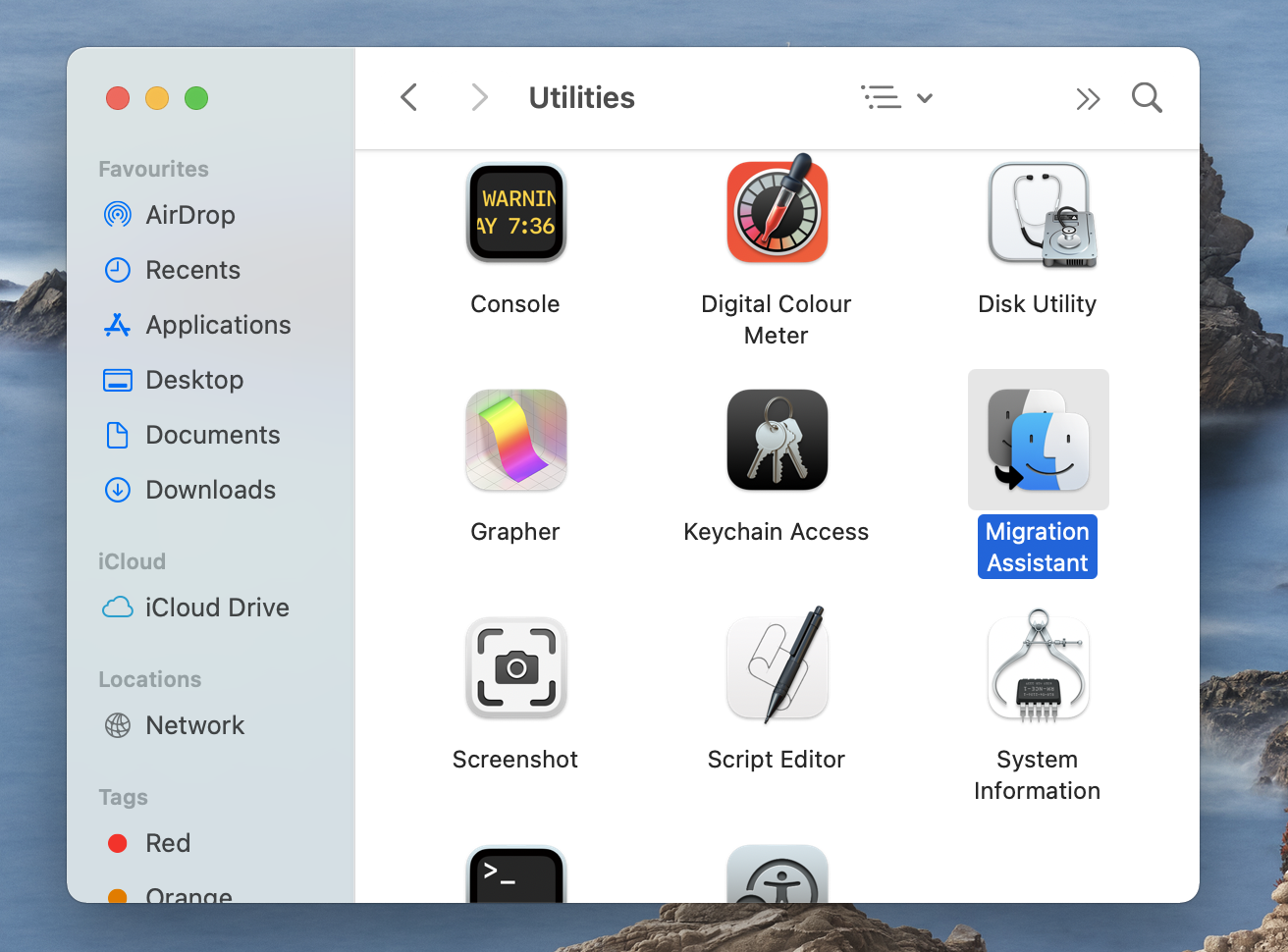

Using the previous computer as a data source Then, you attach a Time Machine backup drive from your old system and use the "Restore from Backup" feature in the installer's "Utilities" menu to restore the backup to the new machine. Lastly, you can boot from the OS X installation DVD and use Disk Utility to erase the new computer's hard drive. This is similar to cloning directly from the previous computer however, it uses the external drive as an intermediary device and boots off it when doing so. You can also boot the new system to an external clone of your previous computer and perform the same actions to clone back to new system's internal drive. From here, use a cloning utility to clone the old system to it, and then restart the new system to boot off its internal drive. Instead of putting your old computer into Target Disk mode and attaching it to your new system to copy files, you can reverse this and put the new system into Target Disk mode and connect it to the old system. Unsupported options for migrating in OS X basically revolve around using drive cloning. This requires you to have an external Time Machine drive accessible to the new system, which can be used by Migration Assistant to copy available applications, settings, and other data to the new computer. The final option that Migration Assistant supports is the use of a Time Machine backup as a source for your personal data. Migration Assistant should then list the drive as an available migration source. If you have a spare disk available, first create a backup clone of your old computer's boot drive, and then attach the drive to the new computer when running Migration Assistant. Drive clones can be used as migration sources because they should be identical to the boot drive.


 0 kommentar(er)
0 kommentar(er)
